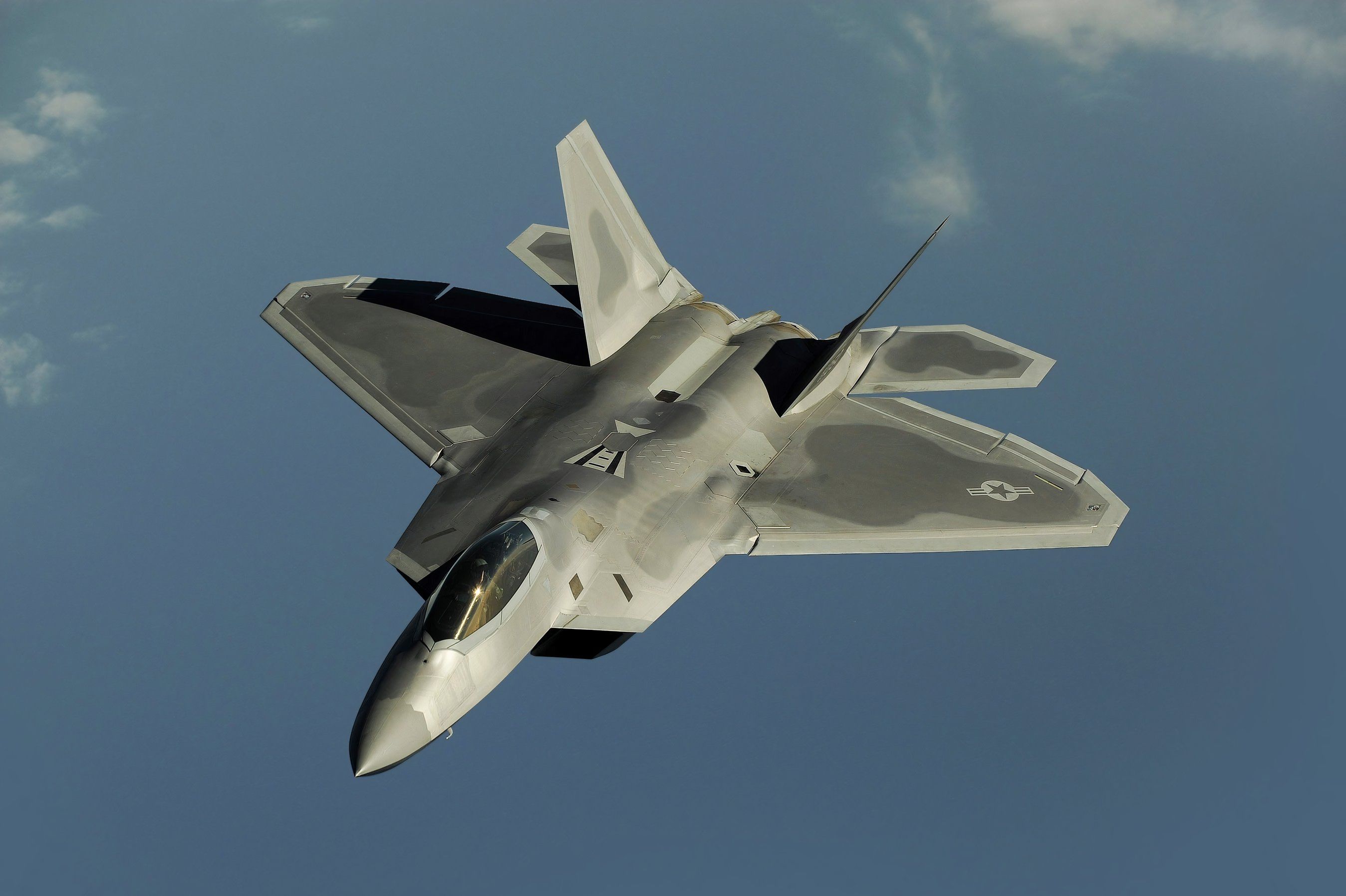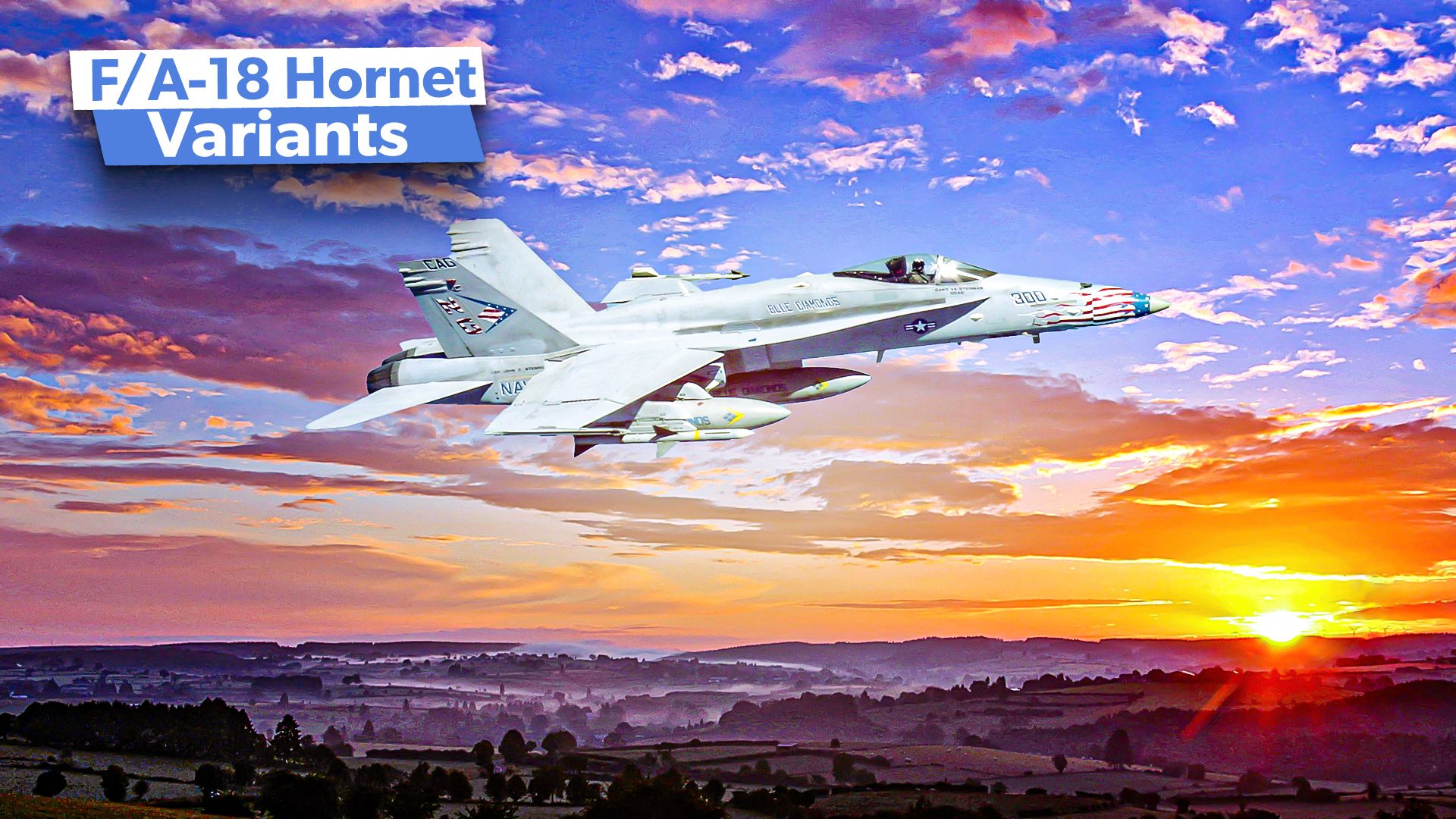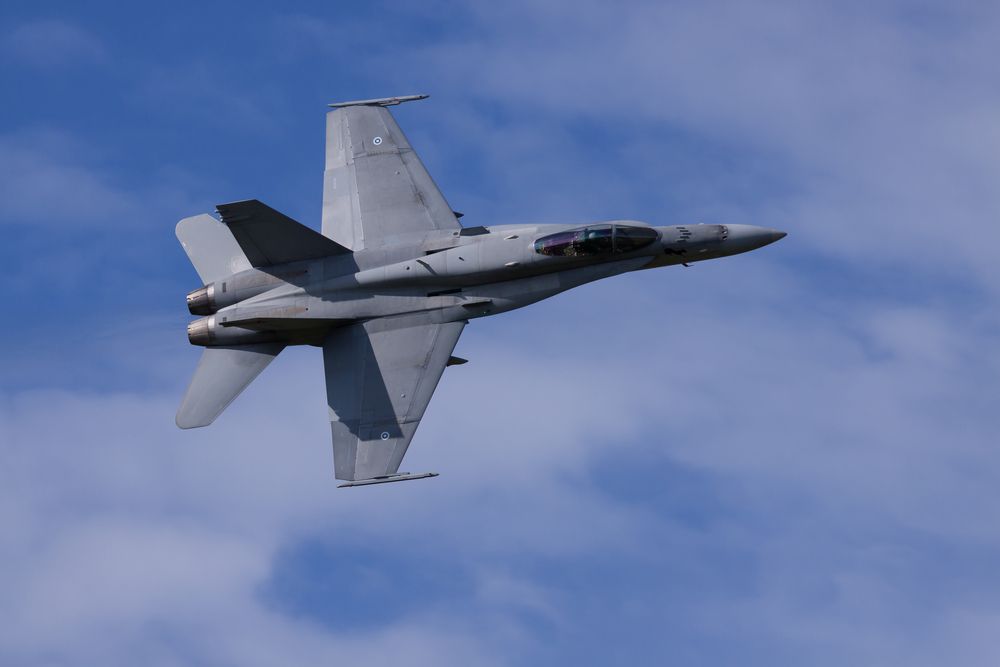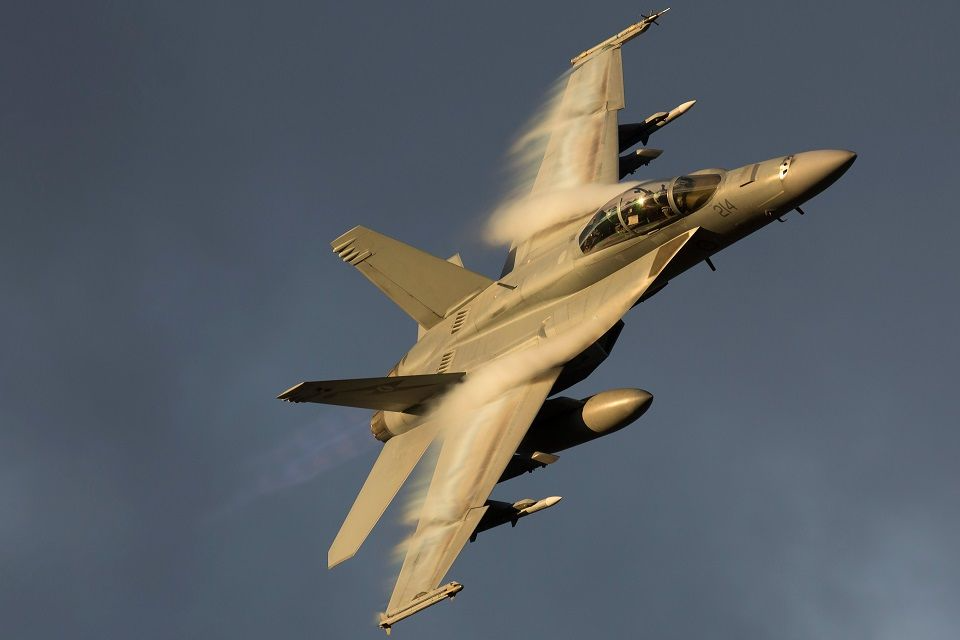The McDonnell Douglas
F/A-18 Hornet, an all-weather supersonic twin-engine fighter aircraft developed in the early 1970s, is broadly known for being the primary carrier-based fighter aircraft operated by the United States Navy for decades.
Endlessly versatile, the F/A-18 Hornet, which was given this designation due to its multirole capabilities as a fighter and attack aircraft, saw action across the globe during multiple decades of service with the United States Navy.
So successful was the Hornet that the United States Navy chose to order a successor version of the aircraft from Boeing, which would be redesignated as the F/A-18 Super Hornet.
This plane has seen combat in the Middle East during both invasions of Iraq and earlier during the 1986 bombing of Libya, where it served alongside the variable-geometry F-14 Tomcat.

Not just a carrier-capable fighter aircraft
Popularized by movies including Top Gun: Maverick, the F/A-18 is universally known for its role as a carrier-capable fighter and remains so today as the United States Navy slowly integrates next-generation Lockheed Martin F-35C Lightning II jets into its inventory.
Despite this storied history as a fighter jet operating off of aircraft carriers, the F/A-18 has had a wildly successful career as a land-based combination fighter-attack aircraft.
Used by militaries across the globe for decades as well as by the United States Marine Corps, the F/A-18 has become a linchpin of aerial defense for the United States and many of its allies across the world.
In this article, we will take a deeper look at the F/A-18’s land-based operations, and what role the important aircraft still plays in global defense today.
US land-based operations of the F/A-18 Hornet
Originally contracted by the United States Navy out of an interest in acquiring a new dual-mission fighter jet that could operate off of aircraft carrier decks, the F/A-18 was initially designed to reduce the operating costs of the F-14 Tomcat.
The Grumman-built aircraft, which had initially been conceived as a replacement for the aging F-4 Phantom, was set to be far more expensive than initial estimates would have suggested.
The Marines operate the plane from regular air bases
As a result, the Navy (alongside the Marines) developed an interest in developing a twin-engine fighter aircraft that would be capable of operating off of aircraft carriers and could reduce the operating costs of the F-14 Tomcat.
The United States Navy would also decide to equip the Marine Corps with 12 squadrons of fighter-configured F-18s and up to 20 attack-configured ones, despite extensive concerns over the aircraft’s versatility.
The Marines had been developing their own experimental aircraft, one which would later become the McDonnell Douglas AV-8B Harrier II, which they believed could better serve its needs given Vertical Takeoff and Landing (VTOL) capabilities.
A 1978 congressional report also noted this concern, with Bert Cooper of the Foreign Affairs and National Defense Division noting as follows:
“As a Conventional Take-Off and Landing (CTOL) aircraft that can only operate from long runways of conventional air bases and large aircraft carrier decks, the F/A-18 lacks the AV-8B’s capabilities for force dispersal (using improvised bases and small vessels); rapid response in ground attack missions (flying shorter distances with less fuel consumption and exposure to enemy fire); and evasive in-flight maneuvers.”
When the F/A-18 Hornet was revealed to the public on 13 September 1978, it had the insignia of both the Marines and the Navy painted on its wings, according to manufacturer Boeing. The aircraft would soon enter service with the Marines and remains in service with the organization today.
Another interesting land-based use of the F/A-18 Hornet is the Blue Angels, the Navy’s flight demonstration squadron which routinely performs death-defying stunts at air shows across the globe. Here are some specifications for the F/A-18 from the United States Navy:
|
Category: |
F/A-18 Specification: |
|---|---|
|
Combat range: |
400 nautical miles (when not supported by air-to-air refueling) |
|
Maximum speed: |
Mach 1.8 |
|
Service ceiling: |
50,000 feet |
Photo: Roland IJdema l Shutterstock
Foreign interest in the F/A-18
Overseas versions of the F/A-18 were conceived as early as the mid-1970s when McDonnell Douglas collaborated with Northrop to propose an aircraft that could be around 20% lighter as it would not need many of the extra features demanded by carrier operations.
Initial interest in the aircraft came from the governments of Israel, West Germany, Canada, and others, all of whom were looking for a new land-based fighter that matched many of the F/A-18s specifications.
Photo: Royal Australian Air Force
The aircraft was notably rejected for export to Iran, which today still operates the fighter jet’s predecessors, the F-14 and the F-4. In November 1979, the Royal Australian Air Force announced its intention to purchase 75 F/A-18s and F-16 Fighting Falcons.
In his report, government analyst Cooper indicated that exporting the aircraft abroad could help reduce the ultimate price of the aircraft that would be paid by the United States Department of Defense. Today, the F/A-18 remains in operation with all the following global defense forces:
- Royal Canadian Air Force
- Finnish Air Force
- Kuwait Air Force
- Royal Malaysian Air Force
- Spanish Air and Space Force
- Swiss Air Force
Despite being a long-time supporter of the F/A-18 Hornet, the Royal Australian Air Force began retiring their aircraft just a few years ago.
These aircraft were originally replaced by the F/A-18 Super Hornet, and would eventually be replaced by the F-35 when the organization began modernizing its inventory to include next-generation stealth-capable fighters.



